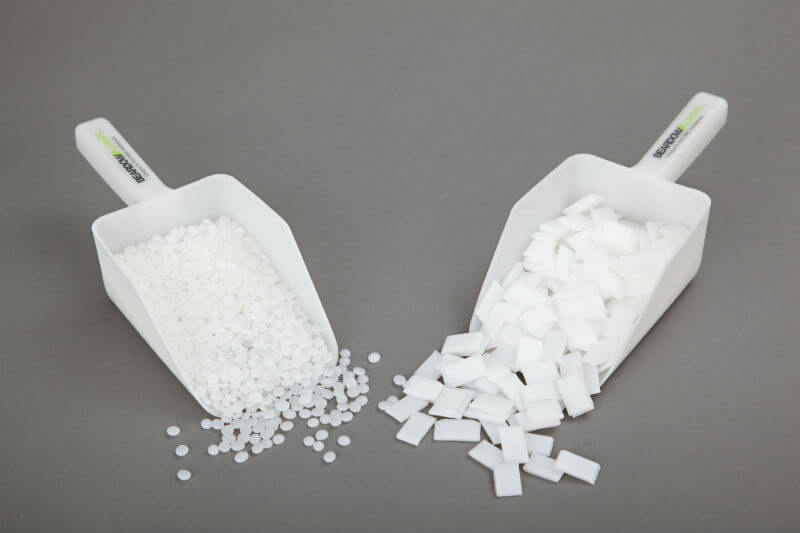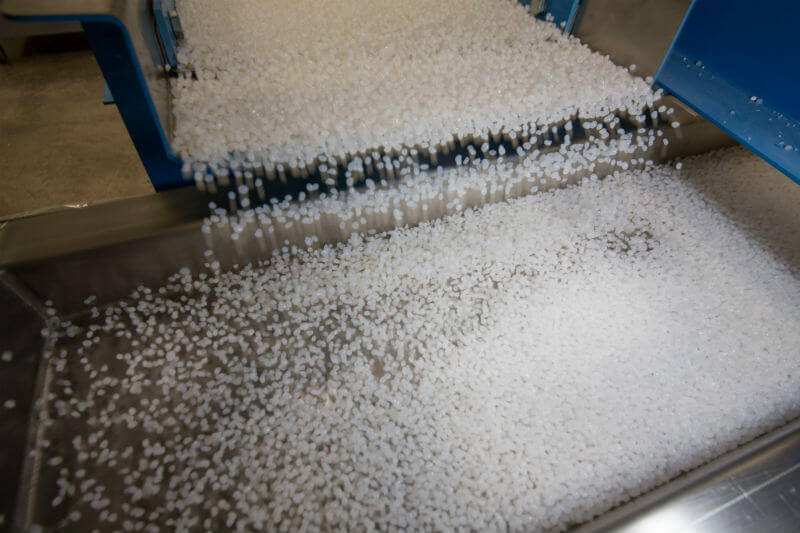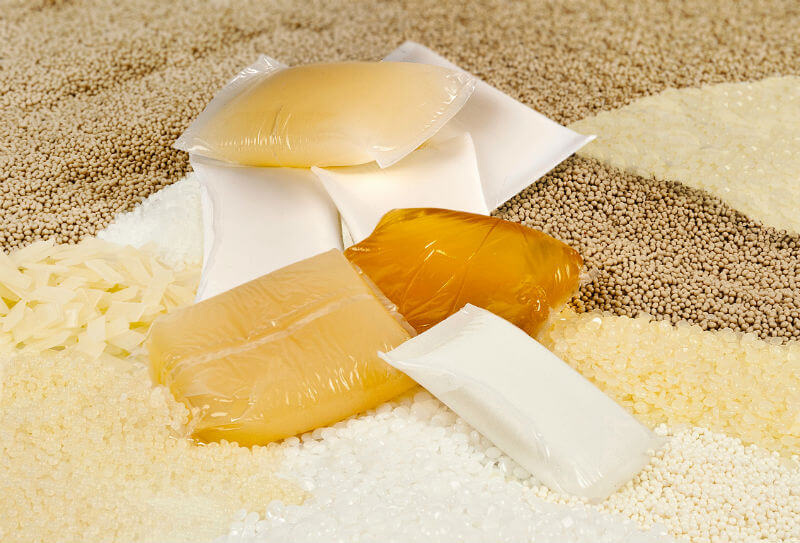Distinctive features and advantages of hot melt adhesive for industrial use
- What is hot melt adhesive made of?
- Advantages of hot melt compared to other types of adhesives:
- Hot melt adhesive applications
Hot melt is applied for bonding substrates used for different applications in almost every industrial field. It is extremely important to choose a high-quality hot melt adhesive for gluing different materials.
Hot melt is an adhesive that goes from a solid state to a liquid state when heated and hardens again when cooled; this provides solid adhesion. Hot melt is used in the molten state at temperatures between 120 and 210 °С depending on the application and substrates to be bonded.

What is hot melt adhesive made of?
Hot melt is thermoplastic, 100% solid and does not contain solvents or water. Hot melt adhesives consist of three main elements:
- Polymers that provide strength, flexibility and basic mechanical properties.
- Methacrylate resins that provide wetting and adhesive properties.
- Plasticizer that controls viscosity.
Hot melt adhesives come in various shapes: granules, pads, blocks or rods. The shape is developed to meet the specific application and the design of the adhesive unit. Hot melt adhesives differ in colours: amber, beige, black, brown, yellow, transparent and white. Hot melt adhesives have different open time, melting and application temperatures. They can be sensitive to pressure and can provide constant tack while also being heat and frost resistant.

Advantages of hot melt compared to other types of adhesives:
- provides reliable adhesion of various materials;
- economical to use and increases the efficiency of the production line;
- hot melt shelf life is about three years;
- hot melt is easily recycled, as a rule, without special measures of precautions;
- hot melt adhesive does not lose its thickness during solidification. For example, solvent based adhesives lose up to 50-70% of the layer thickness.
Hot melt adhesive applications
Hot melt adhesives are used for permeable and spongy surfaces. They bond different materials such as glass, wood, ceramics, metal, rubber and plastic. The type of hot melt glue that should be used in an industrial application depends on the end product. It is important for the food service industry that glue used is non-toxic. In the textile industry resistance to dry cleansing solvents is important as the clothes may be subjected to dry-cleaning. It is important to use bio-degradable hot melt adhesives for diapers.

Here are some industrial applications of hot melt adhesives:
- cardboard
- labelling
- printing industry
- lamination
- disposable diapers and feminine hygiene products
- fastening of electronic parts and wires
- assembly and gluing of valves for corrugated boxes
- vehicle assembly
- textile
- footwear
If you know what items you would like to glue but don't know which hot melt adhesive is best to use, call our hot line! The Lux-x technical specialists will help you to quickly select an appropriate adhesive taking into account all your needs, the equipment used, application conditions and the substrates to be bonded.






